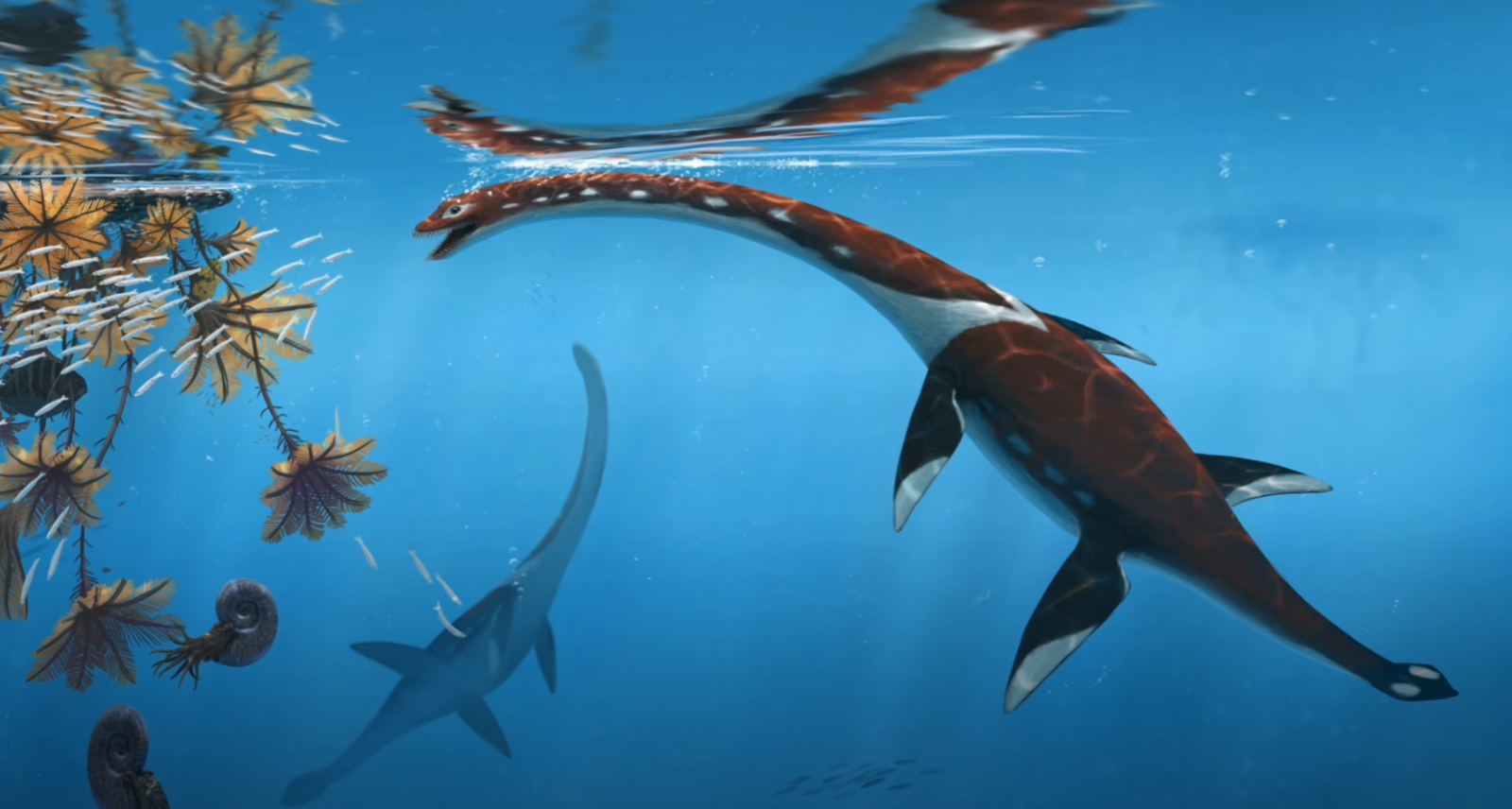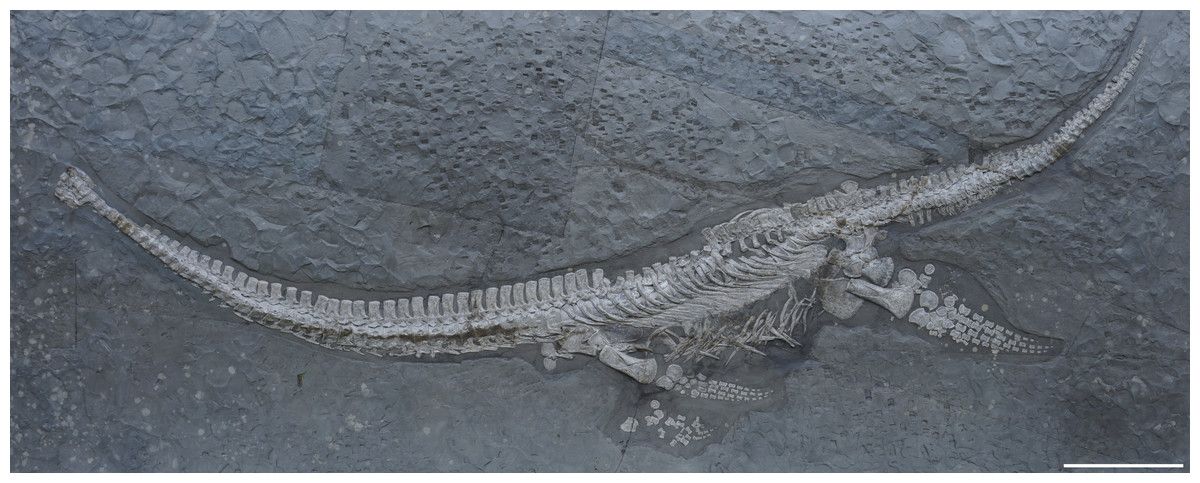🦕 This skeleton had been forgotten in a museum—it turns out to be a previously unknown species!
Published by Cédric,
Article author: Cédric DEPOND
Source: PeerJ Life & Environment
Other Languages: FR, DE, ES, PT
Article author: Cédric DEPOND
Source: PeerJ Life & Environment
Other Languages: FR, DE, ES, PT
Follow us on Google News (click on ☆)
This specimen comes from the famous Posidonia Shale in Holzmaden, in southwestern Germany. For more than a century, this geological formation has been considered a unique window into the Jurassic oceans. But it was by re-examining a fossil unearthed in 1978, which had remained largely unknown until now, that paleontologists have shed new light on the diversity of long-necked plesiosaurs.

A fossil discovered after decades of neglect
The skeleton, preserved at the Staatliches Museum für Naturkunde in Stuttgart, had until then simply been cataloged under the number SMNS 51945. Despite its remarkable condition, it had never been the subject of a full analysis. Researchers had been content to classify it among already known species.
But two specialists, Sven Sachs and Daniel Madzia, recently undertook a detailed re-examination. Their study, published in PeerJ Life & Environment, reveals a unique combination of bone features that does not match any other described plesiosaur. The fossil even preserves traces of soft tissue, a rarity that enhances its scientific interest.
The authors emphasize that the individual was not an adult, but that its anatomical peculiarities are not simply due to a juvenile stage. These stable traits therefore justified the creation of a new genus and a new species: it is now named Plesionectes longicollum, the "long-necked swimmer."

Skeleton of Plesionectes longicollum (SMNS 51945).
The unique features of a marine reptile
The skeleton measures nearly 3.2 meters (10.5 feet), with the neck alone accounting for 1.25 meters (4.1 feet). Researchers counted at least 43 cervical vertebrae, an exceptional number for the period. The spine shows V-shaped sutures, rarely observed in other plesiosaurs.
The skull, though incomplete, shows a highly developed posterior bony protrusion. The neural spines of the neck and thorax appear surprisingly low, while the bony girdles indicate a particular organization of the limbs. These elements suggest a swimming style different from that of other plesiosaurs.
Although young, the animal already had a stable morphology. This combination of traits confirms that it was not just a variation, but a previously unknown lineage, adding a new branch to the Jurassic plesiosaur family tree.
A richer marine diversity than expected
The Holzmaden site had already yielded five species of plesiosaurs, representing the three major known lineages. The discovery of Plesionectes longicollum shows that this diversity was still underestimated. The fossil is also the oldest plesiosaur identified in this region.
According to the researchers, this rediscovery illustrates the importance of re-examining old collections. Museums sometimes house unnoticed treasures capable of transforming our understanding of prehistoric ecosystems.
The study also recalls that the beginning of the Toarcian, about 183 million years ago, was marked by major environmental upheavals. A global oceanic anoxia profoundly affected marine life, and Plesionectes longicollum testifies to the ability of plesiosaurs to adapt in this changing context.